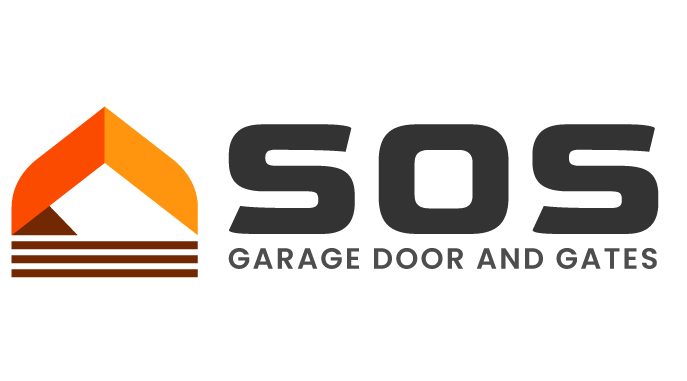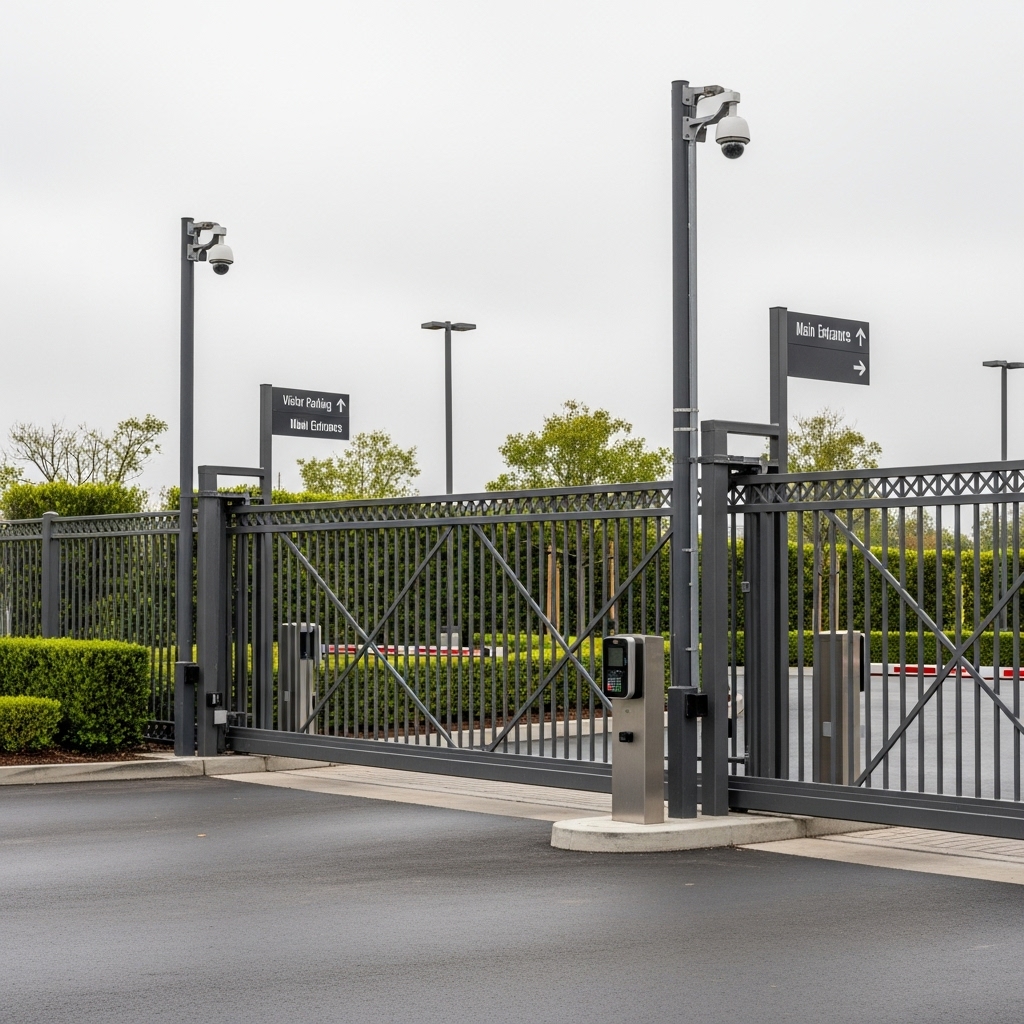Commercial properties in Woodland Hills run the gamut—from retail centers along Ventura Boulevard to office campuses, schools, medical facilities, and light industrial spaces tucked near the 101. Each site has its own security needs, access patterns, and aesthetic goals. A fence here does more than mark a boundary; it manages risk, guides traffic, safeguards equipment, and projects a professional image to customers and tenants. As a local specialist, I have helped businesses design and build solutions that stand up to Valley heat, Santa Ana winds, and daily wear. If you are exploring options for your site, partnering with an experienced commercial fence contractor who understands Woodland Hills regulations and operations can streamline approvals and deliver durable results.
Commercial fencing is a balance between security, function, and appearance. From chain link with privacy slats for utility yards to ornamental steel around office entries, the right choice depends on how the space is used. For properties with public-facing frontage, an elegant profile that complements signage and landscaping makes a strong first impression. In back-of-house areas, durability and access control take priority. My goal is to understand your operations—delivery schedules, peak customer hours, emergency access routes—so the fence supports business rather than complicating it.
Security That Fits the Site
Not all security needs are identical. A retail center with nightly deliveries might require clear sightlines for cameras and lighting, while a school or medical facility prioritizes controlled access and safety around pedestrian paths. Options range from galvanized chain link with or without slats, to welded wire panels for a modern, transparent look, to ornamental steel for a refined perimeter that resists climbing. For high-security applications, we consider anti-climb designs, heavier-gauge materials, and strategic height increases at vulnerable zones.
Gates are central to commercial performance. Sliding gates save space in tight drive aisles; cantilever designs reduce ground track maintenance; swing gates can be efficient for smaller openings. Hardware must be specified for heavy use, and I like to integrate access systems—keypads, card readers, vehicle sensors—that align with your building’s security platform. When gate design is correct, trucks move in and out smoothly, pedestrians stay safe, and the property remains secure without bottlenecks.
Compliance, Permitting, and Safety
Compliance is non-negotiable. Los Angeles regulations govern fence height, location, and visibility near streets and corners. ADA guidelines influence gate clear width, approach, and latch heights along accessible routes. For schools, childcare centers, and healthcare facilities, additional standards may apply. I prepare clear submittals with site plans, elevations, and product specifications so reviewers can approve them efficiently. Coordinating with fire and life-safety requirements—clear swing directions at exits, proper setbacks from hydrants—keeps projects moving and avoids costly rework.
On construction sites or temporary logistics yards, I also deliver temporary fencing that stabilizes circulation and protects materials without damaging finished surfaces. Even for short-term needs, the layout matters; smart placement of panels and gates reduces conflicts with deliveries and keeps sidewalks open and safe for the public.
Materials for Performance and Presentation
Commercial projects must withstand more frequent use and occasional impact. Heavier posts, deeper footings, and robust hardware are standard. For perimeters that face the street, powder-coated steel or aluminum offers a refined look with excellent longevity. In service areas, galvanized chain link remains a workhorse, and privacy slats can control views where discretion is important. Welded wire panels have become popular for their modern aesthetic and strong, rigid feel—useful where visibility for surveillance cameras is essential.
Corrosion resistance is a priority in irrigation-heavy landscapes or near planters. I specify coatings and hardware that hold up to overspray, and I detail base conditions to keep water from collecting around posts. In Woodland Hills heat, thoughtful expansion allowances prevent binding at gates and keep operations smooth even in the hottest stretch of summer. These small, technical choices pay dividends in uptime and reduced maintenance.
Traffic Flow, Access Control, and Operations
A fence that ignores site circulation quickly becomes a headache. I study entry sequences, truck turning radii, and pedestrian desire lines before proposing gate locations. For busy centers, separating delivery access from customer parking improves safety and efficiency. Where after-hours access is needed, we integrate timed locks or remote release systems. I coordinate with electricians and low-voltage teams to ensure conduits and power are exactly where they need to be, which prevents late-stage changes and keeps opening day on schedule.
Pedestrian experience matters, too. Clear walkways, visible wayfinding, and smooth transitions at gates make sites feel intuitive and safe. For campuses or multi-building properties, we use fence design to subtly guide movement, protecting private areas without resorting to heavy-handed solutions.
Brand Alignment and Curb Appeal
Commercial fencing can reinforce your brand. Color, line, and proportion send cues to visitors about professionalism and care. An ornamental fence that echoes architectural details, a welded wire system with crisp geometry, or even a carefully chosen chain link slat color can tie the site together. Landscaping plays a role; plantings soften edges and provide seasonal interest without blocking sightlines important for security. The result is a property that reads as intentional, safe, and welcoming.
Signage integration is another detail that matters. Mounting methods should protect the fence finish and withstand weather without rattling or loosening. I plan for sign loads and choose attachment hardware that is durable and discreet, keeping your messaging legible and the fence looking neat.
Phasing and Minimizing Disruption
Businesses cannot pause for construction. I sequence work to maintain access, schedule noisy tasks during low-traffic hours, and coordinate with tenants and neighbors so everyone knows what to expect. Demolition, post setting, and panel installation are staged to keep critical paths clear. When emergencies arise—unexpected underground conditions or schedule changes—we adjust quickly and communicate clearly so operations continue smoothly.
For occupied campuses, safety barriers and clear signage ensure pedestrians and vehicles stay separated from work areas. A tidy site, daily cleanups, and diligent material storage respect your property and the people who use it.
Working With a Local Partner
Local knowledge streamlines commercial work in Woodland Hills. Understanding plan review expectations, coordinating with utility companies, and anticipating weather patterns help projects stay on time. A trusted security fence contractor brings experience across sectors—retail, education, healthcare, office—and adapts solutions to your specific environment. From early budgeting and design to final punch, you will have a single point of contact focused on performance and longevity.
Documentation is part of the service. As-builts, maintenance recommendations, and hardware manuals support your facilities team after turnover. If staff changes or tenants rotate, those records provide continuity and make future adjustments straightforward.
Frequently Asked Questions: Commercial Fencing
What fence types work best for high-traffic commercial sites?
Chain link with or without slats is a reliable choice for service yards and loading docks, while ornamental steel or aluminum provides a refined perimeter for public-facing areas. Welded wire panels offer a modern look with excellent visibility for surveillance. The best solution often combines types—ornamental at the front, heavier-duty in the rear—so performance and appearance both meet the site’s needs.
How do you handle access control and gate automation?
I coordinate with your security vendor to integrate card readers, keypads, intercoms, or remote systems. Gate selection—swing, slide, or cantilever—depends on space, truck movements, and frequency of use. Hardware is specified for duty cycle and environment, and we ensure power and conduits are installed cleanly to avoid late changes. The goal is smooth, secure operation with minimal maintenance.
What about ADA and life-safety requirements?
Commercial gates along accessible routes must meet clearances, latch heights, and approach conditions that allow easy use. We also plan for emergency egress, proper swing direction at exits, and clear space near hydrants and valves. During design, I review these criteria with your team so compliance is baked in rather than addressed at the last minute.
Can a fence improve site aesthetics without compromising security?
Yes. Thoughtful design aligns height, transparency, and color with architecture and landscaping. For example, an ornamental fence with closely spaced pickets can deter climbing while projecting a professional image. Where privacy is needed, slats or solid panels can be used selectively to maintain surveillance sightlines. The result is a secure perimeter that looks welcoming and intentional.
How long do commercial installations take?
Schedule depends on scope and permitting, but we build a clear plan early: site assessment, design, approvals, procurement, and phased installation. We coordinate work to avoid peak hours and maintain critical access. Regular updates keep stakeholders informed, and we adjust as needed to keep operations running smoothly throughout construction.
What maintenance should facilities plan for?
Routine checks of hinges, rollers, latches, and finish keep systems in top shape. After high-heat days or wind events, a brief inspection helps prevent small issues from becoming disruptions. We provide maintenance guidance at turnover and remain available for adjustments as operations evolve. Selecting the right coatings and hardware up front reduces long-term effort and keeps the fence looking sharp.
Can you phase work for occupied sites?
Absolutely. We sequence demolition and installation to maintain access and limit noise during business hours. Clear temporary routing for pedestrians and vehicles, along with safety barriers and signage, protects users while work proceeds. Phasing plans are shared early so tenants and staff know what to expect each step of the way.
Do you coordinate with landscaping and signage?
Yes. Early coordination ensures irrigation does not saturate fence bases, plants do not block cameras, and signs mount cleanly without compromising finishes. When these elements are planned together, the site functions better and looks more cohesive, which supports your brand and day-to-day operations.
Ready to Strengthen Your Property’s Perimeter?
If you are looking for a dependable, well-designed solution that supports daily operations and presents your business at its best, let us walk the site and plan a path forward. We will align security, access, and aesthetics to fit your goals and schedule. For a partner who knows the Valley and delivers with precision, connect with an experienced commercial fence contractor today. Your perimeter should work as hard as your business—and we are ready to build it.

